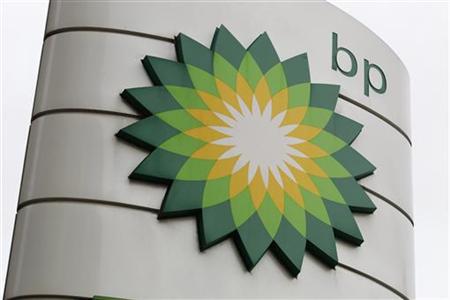
South-East Europe Pipeline: A Downsized Nabucco Proposed By BP
Publication: Eurasia Daily Monitor Volume: 8 Issue: 202
By:

Azerbaijan and the Shah Deniz gas producers’ consortium have just signed bilateral agreements with Turkey on gas transit to Europe (see EDM, November 1). Meanwhile, the Shah Deniz consortium is nearing a final decision to select a pipeline route, out of four options, through Turkey and onward to Europe. Three of these routes have been under consideration in recent years (see below).
The new option, named South-East Europe Pipeline, was submitted by British Petroleum, the operating company of the Shah Deniz gas extraction project. BP took this step with just a few days to spare before October 1, the deadline for submission of competing pipeline proposals. The gas producers’ consortium intends to select the pipeline route to Europe by January 2012.
The South-East Europe Pipeline (SEEP) challenges in varying degrees the three pre-existing pipeline projects: Nabucco (from eastern Turkey to Vienna), the ITGI (Interconnector Turkey-Greece-Italy), and TAP (Trans-Adriatic Pipeline, originating also in Turkey). All these are competing against each other over the gas production from Shah Deniz, Phase Two of development. At stake are 10 billion cubic meters (bcm) of gas annually earmarked for Europe, out of a total production of 25 bcm per year from 2017 onward at that field. Beyond Shah Deniz, the access of Turkmen gas to Europe will substantially depend on decisions, about to be made, on the transportation route from Azerbaijan. The approaching decisions involve not only the choice of route but also its parameters, with scalable capacity a decisive factor.
BP’s SEEP amounts to a concept, not yet a project at this point. Its initial presentation in broad outline was not without ambiguities, and has yet to be followed up since then (The Financial Times, Bloomberg, September 26; Dow Jones, Platts, Azerbaijan Press Agency, September 27). Unlike the three pre-existing, full-fledged (if not fully or equally convincing) pipeline projects, SEEP is a last-minute entrant, presumably to be fleshed out after the initial submission. Its basic rationale, however, seems clear. SEEP looks like a radically revised and reduced version of the EU-backed Nabucco project.
The changes seek, first, to cut investment costs; and second, to adjust pipeline capacity to the gas volumes guaranteed in Azerbaijan, taking Shah Deniz 2017 as the reference point. Such changes are meant to convince all parties concerned about the commerciality of supply and transportation of Azerbaijani gas. This reconfiguration by BP implicitly responds to doubts that have been raised about Nabucco on both accounts.
SEEP would use existing pipelines and interconnectors for about two thirds of the 3,800 kilometer route from Central Anatolia to Central Europe. It would require laying some 1,300 kilometers of new pipelines on several portions of that route. It plans for a throughput capacity of 10 bcm per year post-2017, matching the guaranteed gas volume from Shah Deniz. By comparison, Nabucco would involve constructing a new, dedicated pipeline, 3,800 kilometers in length, at 31 bcm annual capacity, to accommodate both Azerbaijani and Turkmen gas from 2017 onward.
To minimize investment costs, SEEP would use the Turkish state-owned Botas company’s pipelines for most of the distance across Turkey. It would also use some of the existing pipelines in parts of Bulgaria, Romania, and Hungary. From there, SEEP would use interconnectors to deliver gas to Croatia and Austria. Westward of Turkey, each country along the SEEP route will be eligible to buy gas volumes from the transit pipeline or interconnector. This would enable Azerbaijan to sell its share of Shah Deniz gas directly to these countries (as it also might through Nabucco, if built). SEEP’s overall delivery volume at 10 bcm annually, however, would not significantly reduce this region’s dependence on Russian gas.
BP’s proposal originates in an earlier controversy between Shah Deniz shareholders and Nabucco management, regarding Nabucco’s cost estimates. In internal discussions during 2010-early 2011, BP complained that Nabucco’s Austrian-led management had understated Nabucco’s costs. BP came up with a cost assessment of 14 billion Euros ($19.28 billion), versus the old unrevised estimate of 7.9 billion Euros ($10.88 billion) (see EDM, February 24). BP went on to advocate a smaller and cheaper transportation solution for Shah Deniz gas.
Accessing Turkmen gas through Nabucco is a strategic priority of the European Commission. For its part, BP describes SEEP as a project with scalable capacity. This implies that capacity can be increased step by step, correlated with availability and size of Turkmen gas volumes via a trans-Caspian pipeline and Azerbaijan. At the present stage, however, BP’s proposal amounts to a downscaled version of the Nabucco project.




